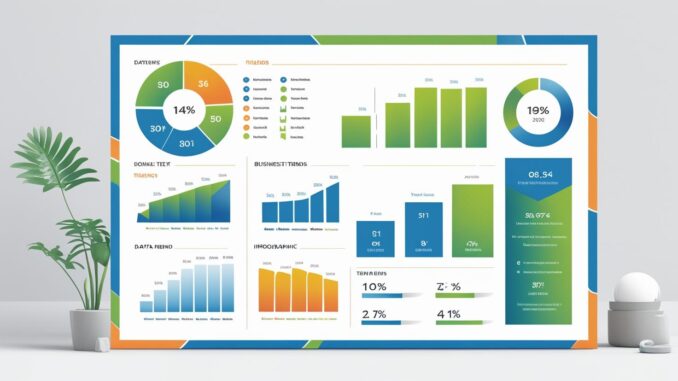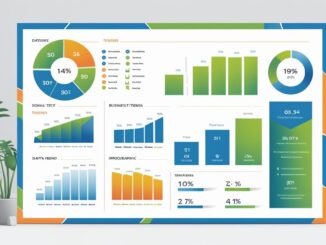
2 July 2025 – World Bank forecasts Myanmar’s economy will contract by around 2.5% in the fiscal year 2025/26, driven largely by a devastating M7.7 earthquake in late March, which caused damage estimated at $11 billion—about 14% of GDP—and knocked $2 billion off economic output. Earlier projections for FY2024/25 already indicated a 1% contraction due to severe flooding. According to the Economist Intelligence Unit, BMI is expected to see a contraction of around 2–2.5% in that fiscal year, with little to no growth anticipated in FY 2026.
Key Dragging Factors
- Natural disasters: Beyond the quake, floods and Cyclone Yagi disrupted agriculture—cereal production fell ≈5%, although a slight rebound is anticipated.
- Ongoing conflict: The civil war has significantly disrupted the agriculture, industry, and service sectors. Some areas experienced up to 33% output loss between April and September.
- Inflation and currency depreciation: Inflation hovers around 26–28%, worsened by the kyat losing ≈40% value in parallel markets.
- Poverty and displacement: Over 31–32% of the population lives in poverty, up from ≈6% in 2019. Internal displacement exceeds 3.5 million, while nearly 20 million (≈approximately 40%) require humanitarian aid.
Sector Highlights & Future Projects
- Construction: Following a 6% decline in 2024, the sector is projected to grow at ≈3.5% annually through 2028, driven by foreign-backed energy and infrastructure projects. By 2029, the market is projected to reach MMK 11.7 trillion (≈ $5–6 billion), with ~6.7% CAGR.
- Property market: Foreign Direct Investment (FDI) into real estate remains steady (≈2.3% of GDP), with rental yields at 6–8%, and forecasted property price growth of 5–10% in 2026, especially in Mandalay and Yangon.
Outlook & Risk Summary
- Economic contraction continues, likely extending through FY 2026.
- Recovery depends on stabilization of conflict, disaster response, currency control, and support for vulnerable populations.
- Medium-term bright spots lie in construction and real estate, contingent on political stability—especially around the 2025 elections.
- Digital finance reforms may create structural gains, but strong regulatory overreach threatens civil liberties.
Sources: Reuters, World Bank, Coface.us, Krungsri, Diplomat, GlobeNewsWire, Bambooroutes, Statista, Wikipedia, ISEAS


